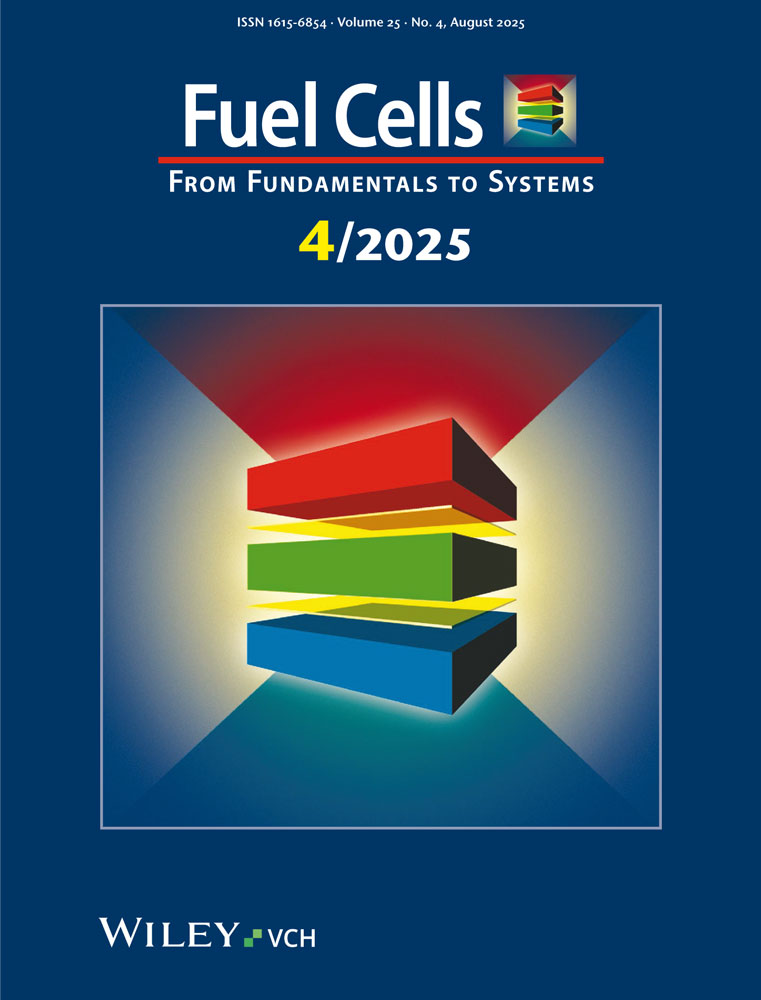Plasma Sputtering Deposition of PEMFC Porous Carbon Platinum Electrodes†
Presented at CARISMA European Coordination Action Workshop on “Key Issues for the Improvement of Activity and Durability of Catalysts for PEM Fuel Cells”, Paris, France, 2007.
Abstract
A novel method is proposed to fabricate the active catalytic layers of proton exchange membrane fuel cells (PEMFC). A plasma sputtering technique is used to deposit a porous columnar carbon film (column diameter of 20 nm) followed by the catalyst (platinum) deposition directly on the proton-conducting membrane. The study of Pt diffusion shows that the optimised catalysed layers correspond to low plasma pressure operation (0.5 Pa) below a platinum loading limit of about 90 μg cm–2. The initial carbon porosity is then maintained and Pt nanoparticles are present in all parts of the carbon layer. A membrane electrode assembly (MEA) is then achieved by alternate depositions of carbon and platinum onto both sides of the membrane. The results show the importance of the porous carbon structure. A significant increase in the catalyst efficiency is observed compared to a commercial fuel cell when measuring open circuit voltage.




